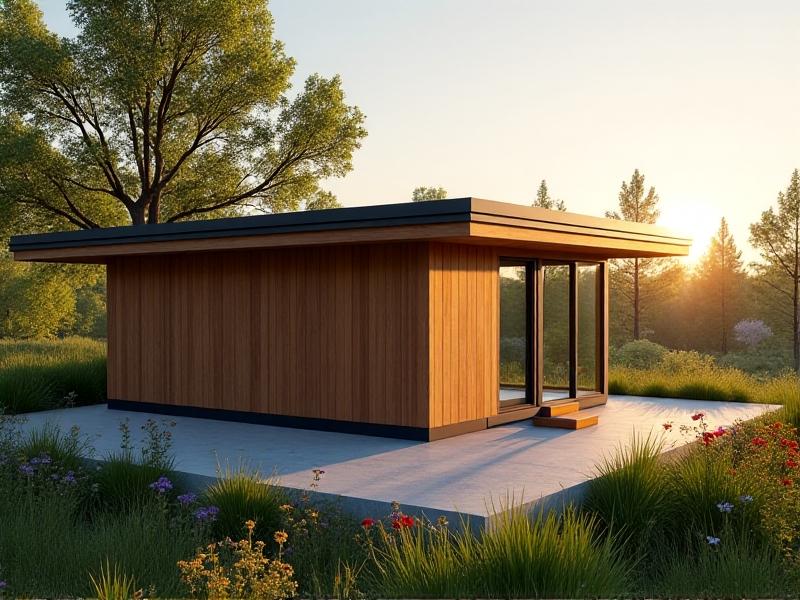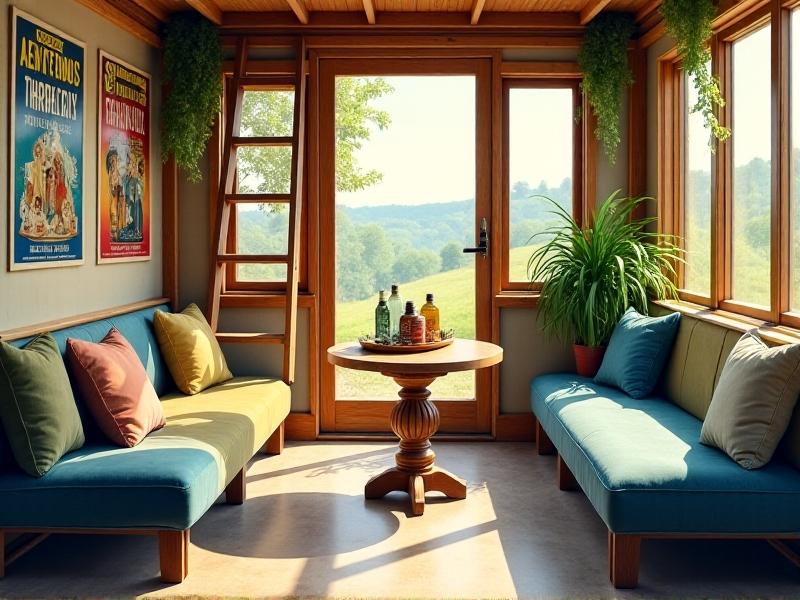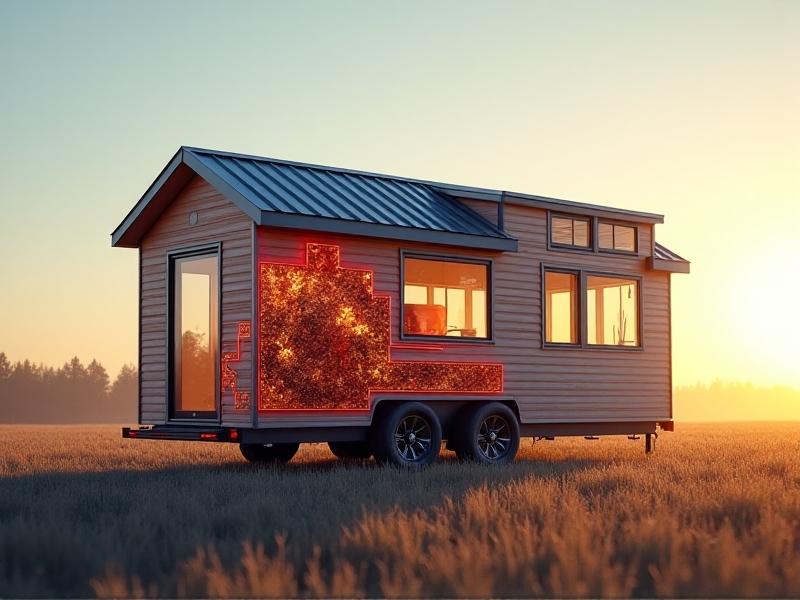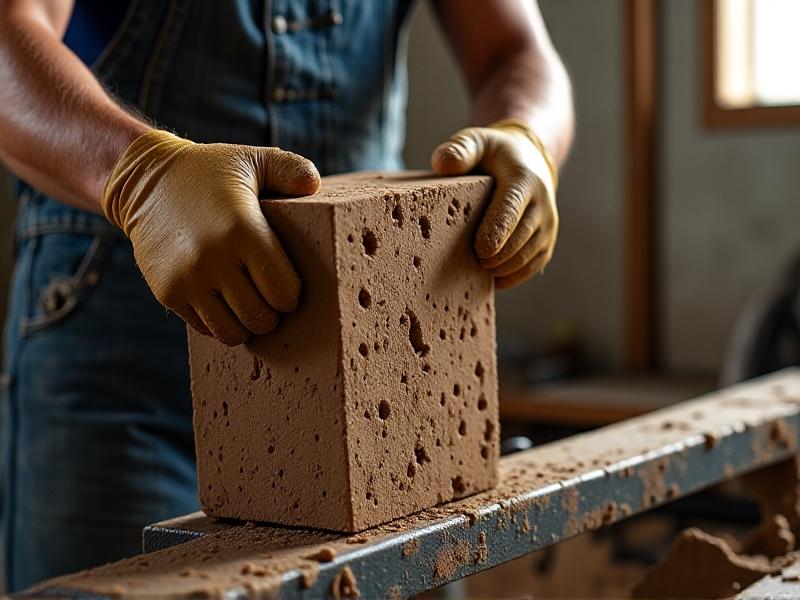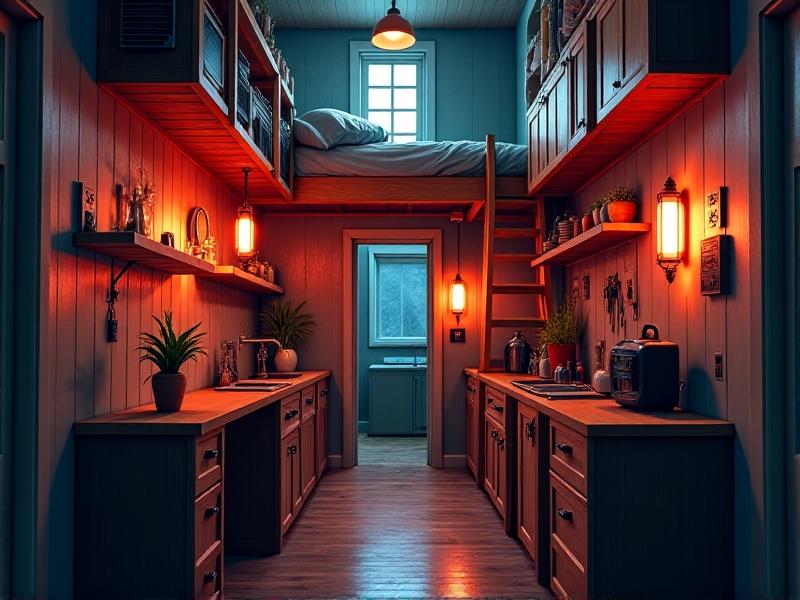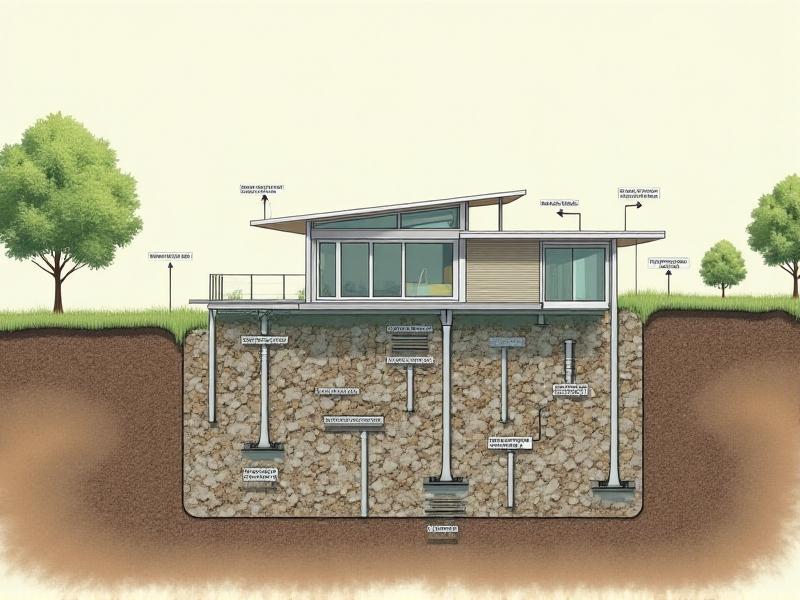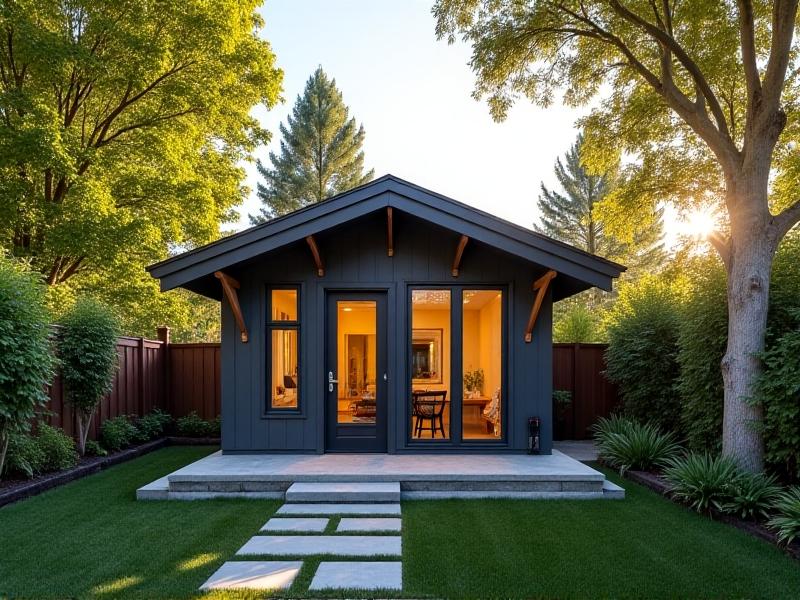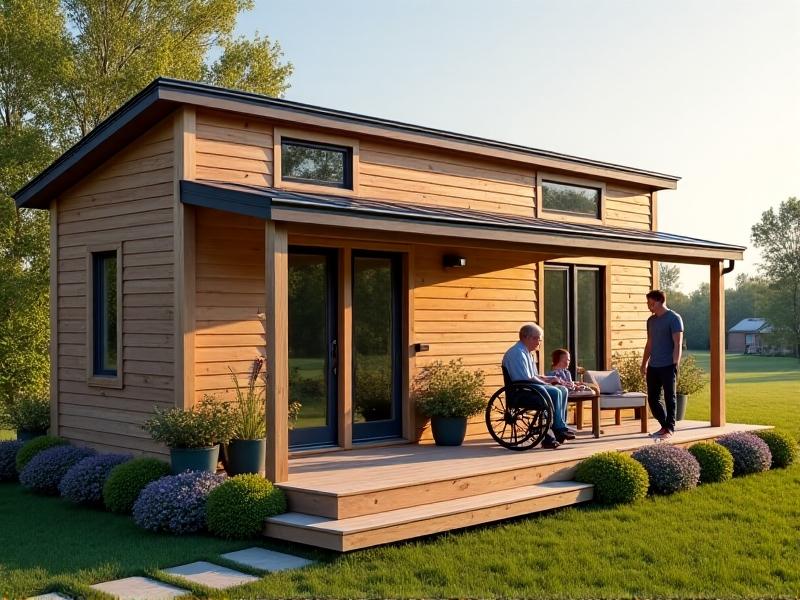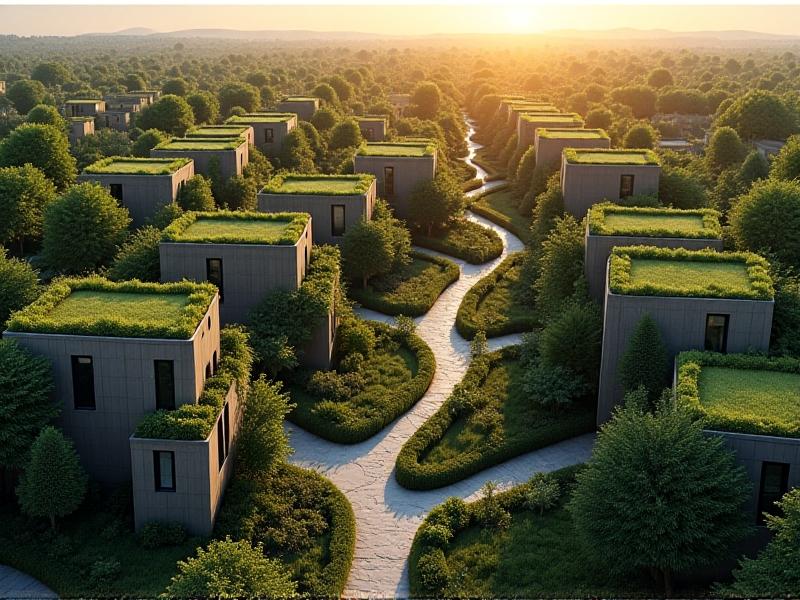Low-E Window Film Performance Tests
Understanding Low-E Window Film Technology
Low-emissivity (Low-E) window films are engineered to enhance energy efficiency by minimizing heat transfer through glass. These thin, metallic or ceramic coatings reflect infrared radiation while allowing visible light to pass, reducing energy loss in both summer and winter. The core principle lies in emissivity—the material’s ability to emit thermal energy. Low-E films have low emissivity, meaning they absorb less heat and reflect it away, creating a thermal barrier. This technology is widely used in residential and commercial buildings to improve comfort, lower energy bills, and reduce UV exposure.
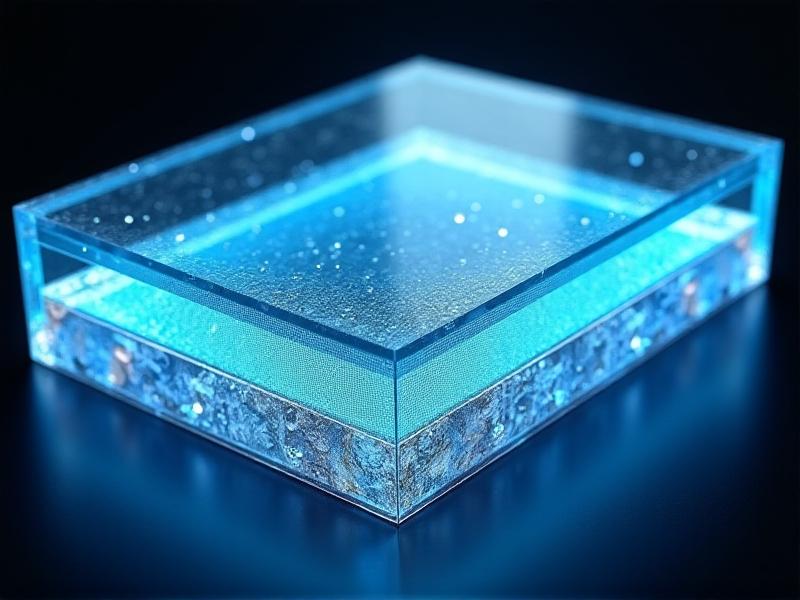
Thermal Performance Testing: Measuring Heat Control
Thermal efficiency is a cornerstone of Low-E film evaluation. Tests simulate extreme temperatures to measure how effectively films block heat transfer. One common method involves infrared thermography, where cameras capture heat distribution across filmed glass. Researchers also use guarded hot box tests, which compare indoor and outdoor surface temperatures under controlled conditions. These tests calculate U-values (rate of heat loss) and Solar Heat Gain Coefficients (SHGC). High-performing films exhibit lower U-values and SHGC, signaling superior insulation. For instance, a film reducing SHGC by 40% can cut cooling costs significantly in sun-drenched climates.
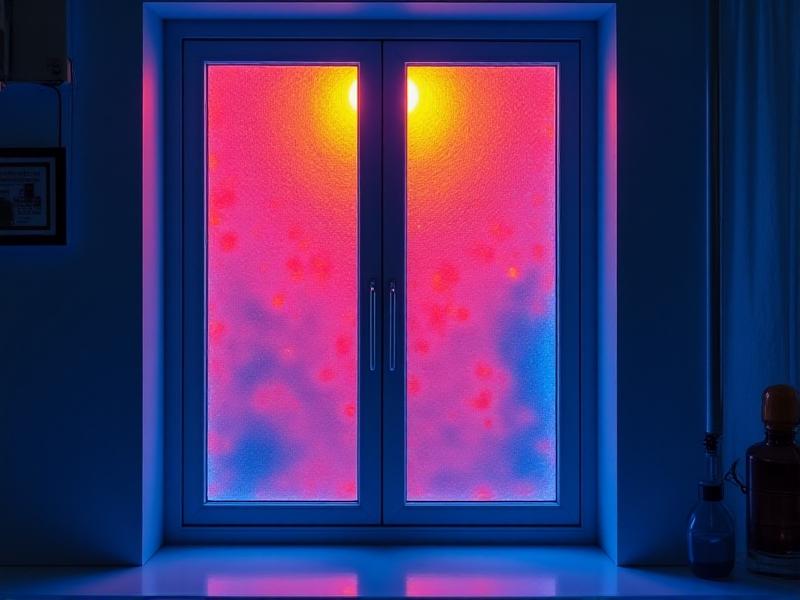
UV Blocking and Solar Heat Gain Analysis
Low-E films must block 99% of UV rays to protect interiors from fading while managing solar heat gain. Testing employs UV spectrophotometers to measure transmittance across wavelengths. Advanced films incorporate dyed or sputtered layers to absorb or reflect UV and infrared light without compromising visibility. For example, a film with a Light-to-Solar Gain Ratio (LSG) above 1.5 indicates better visible light transmission relative to heat gain—a key metric for balancing brightness and energy savings. Real-world simulations using solar simulators reveal how films perform under peak sunlight, helping consumers choose films tailored to their geographic needs.
Condensation Resistance in Varying Climates
Condensation forms when warm, moist air contacts cooler glass surfaces. Low-E films mitigate this by raising the window’s interior surface temperature. Tests in climate chambers replicate humid and cold environments to assess condensation resistance. Films with higher insulation values (lower U-values) show reduced condensation risk. In a study, a Low-E film applied to single-pane windows in a 70% humidity environment reduced condensation by 60%, demonstrating its effectiveness in older buildings. This feature is critical in regions with harsh winters or coastal climates, where moisture control impacts both comfort and structural integrity.
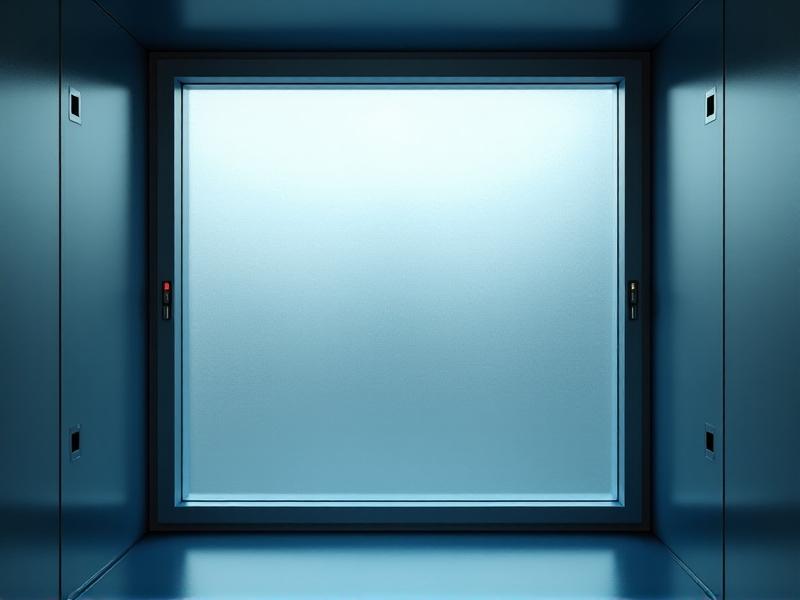
Durability and Longevity Assessments
Films must withstand environmental stressors to maintain performance over time. Accelerated weathering tests expose samples to UV lamps, extreme temperatures, and moisture cycles mimicking years of exposure. Scratch resistance is evaluated using Taber abrasion testers, where rotating wheels gauge surface wear. Adhesion tests measure how well films bond to glass under peeling forces. Premium films retain over 90% of their UV-blocking capability after 15 years, though performance varies by brand. For instance, ceramic-based films often outperform dyed versions in longevity due to their non-corrosive properties.
Comparing Laboratory Results to Real-World Conditions
While lab tests provide controlled data, real-world performance can differ due to factors like window orientation, shading, and local climate. Field studies track energy usage in buildings pre- and post-installation. For example, a Phoenix office building recorded a 22% drop in cooling costs after installing Low-E films, aligning closely with lab predictions. However, in cloudy climates, films with high visible light transmission yield better ROI than darker variants. Balancing lab metrics with architectural specifics ensures optimal film selection, emphasizing the need for professional energy audits.
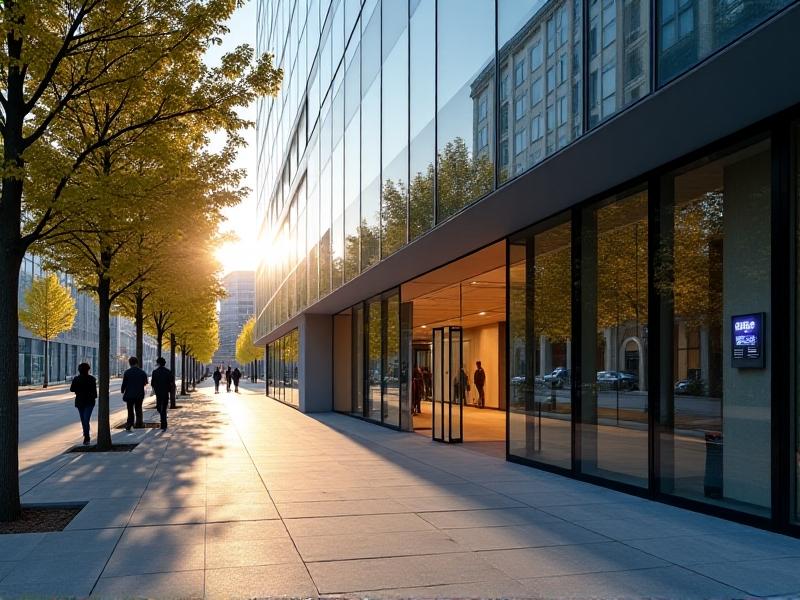
Industry Standards for Low-E Film Certification
Certifications like NFRC (National Fenestration Rating Council) and ENERGY STAR ensure films meet rigorous performance criteria. The NFRC mandates U-value, SHGC, and Visible Transmittance (VT) labels, enabling apples-to-apples comparisons. Films earning ENERGY STAR status must reduce energy costs by at least 10% versus untreated windows. International standards like ISO 15099 govern testing protocols globally. Compliance with these benchmarks reassures consumers of product efficacy and drives innovation, as manufacturers compete to exceed minimum requirements.
Case Studies: Performance Across Building Types
A Boston historic home retrofit saw winter heat loss drop by 33% after installing passive Low-E films, preserving original windows while boosting efficiency. Conversely, a Dubai hotel reduced its annual cooling load by 18% using reflective films, despite 40°C summer highs. In temperate regions like Portland, low-SHGC films on south-facing windows minimized glare in a graphic design studio without sacrificing natural light. These examples underscore how tailored solutions maximize film benefits across diverse architectural and climatic contexts.
Choosing the Right Low-E Film for Your Needs
Key considerations include climate, window orientation, and aesthetic preferences. Southern states benefit from high-IR rejection films, while northern regions prioritize U-value for insulation. Neutral tones suit historic homes, whereas reflective coatings favor modern offices. Professional installers use tools like solar angle calculators to recommend films balancing energy savings and comfort. For instance, a dual-reflective film might optimize a west-facing living room by reducing afternoon glare while maintaining evening views.
Future Trends in Low-E Film Technology
Emerging innovations include electrochromic films that adjust tint via smartphone apps, optimizing energy use dynamically. Nanoparticle-infused films aim to boost UV blocking beyond 99.9% without altering clarity. Sustainability is another focus—bio-based PET films and recyclable adhesives are gaining traction. Researchers are also integrating photovoltaic elements to harvest solar energy. As smart buildings proliferate, Low-E films will evolve from static solutions to interactive systems, redefining their role in sustainable architecture.
